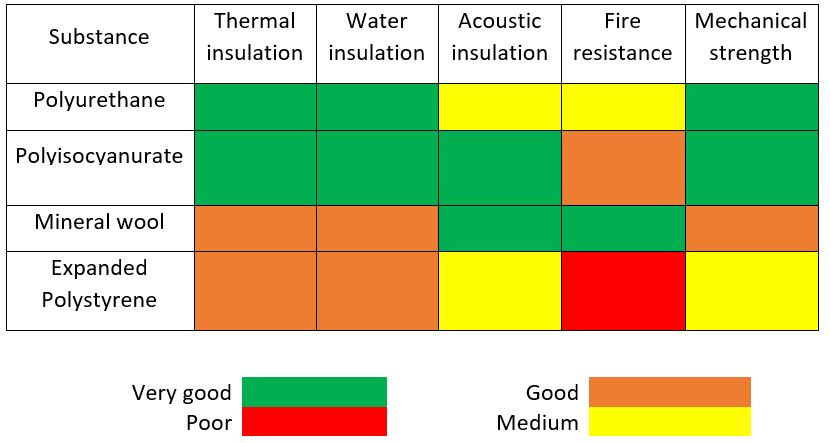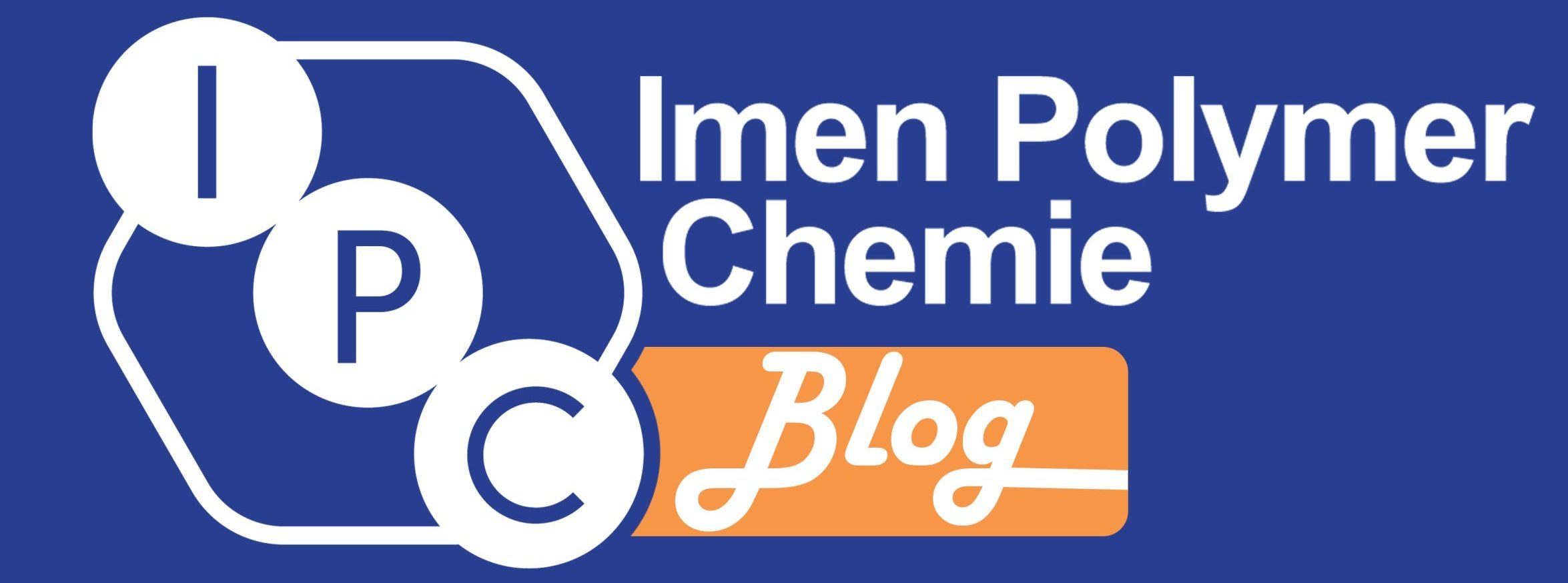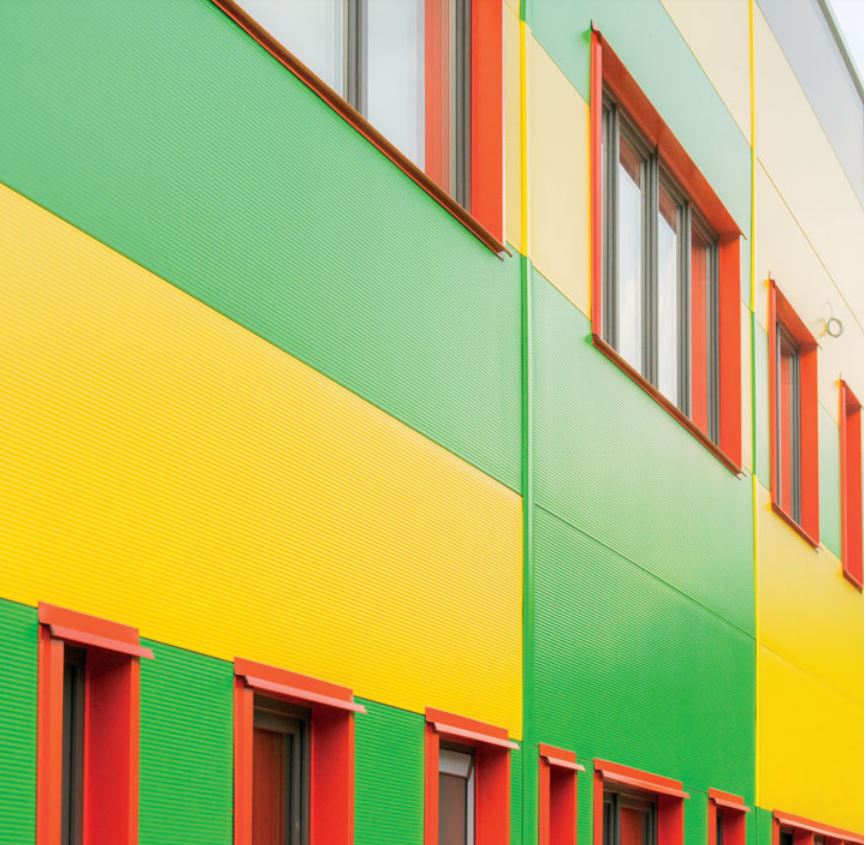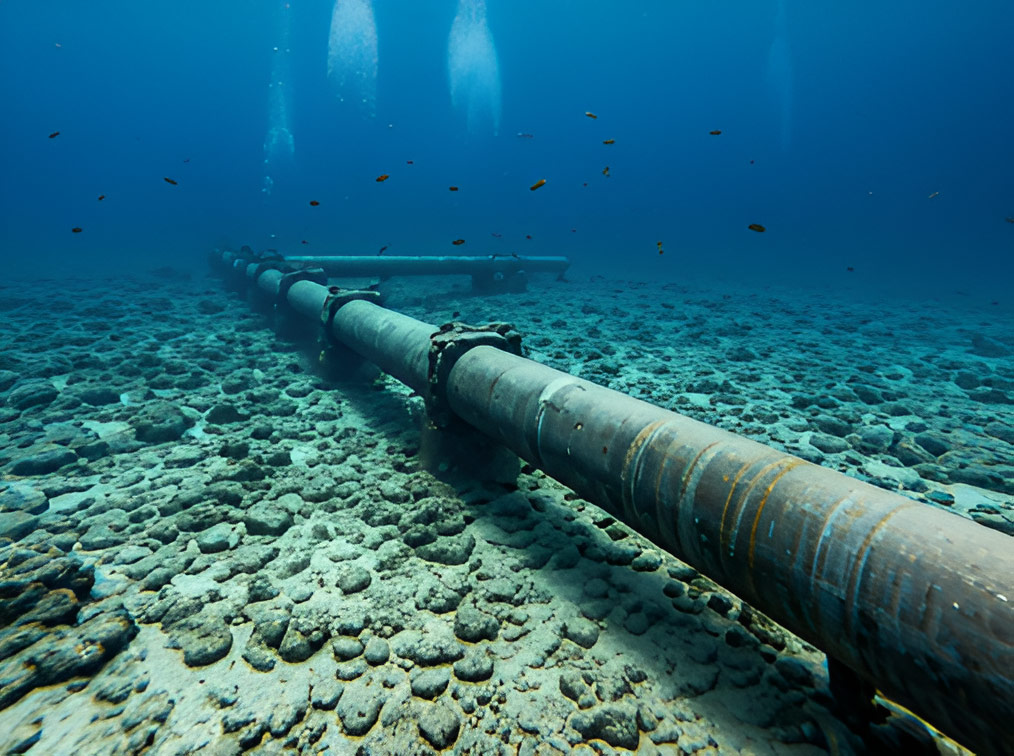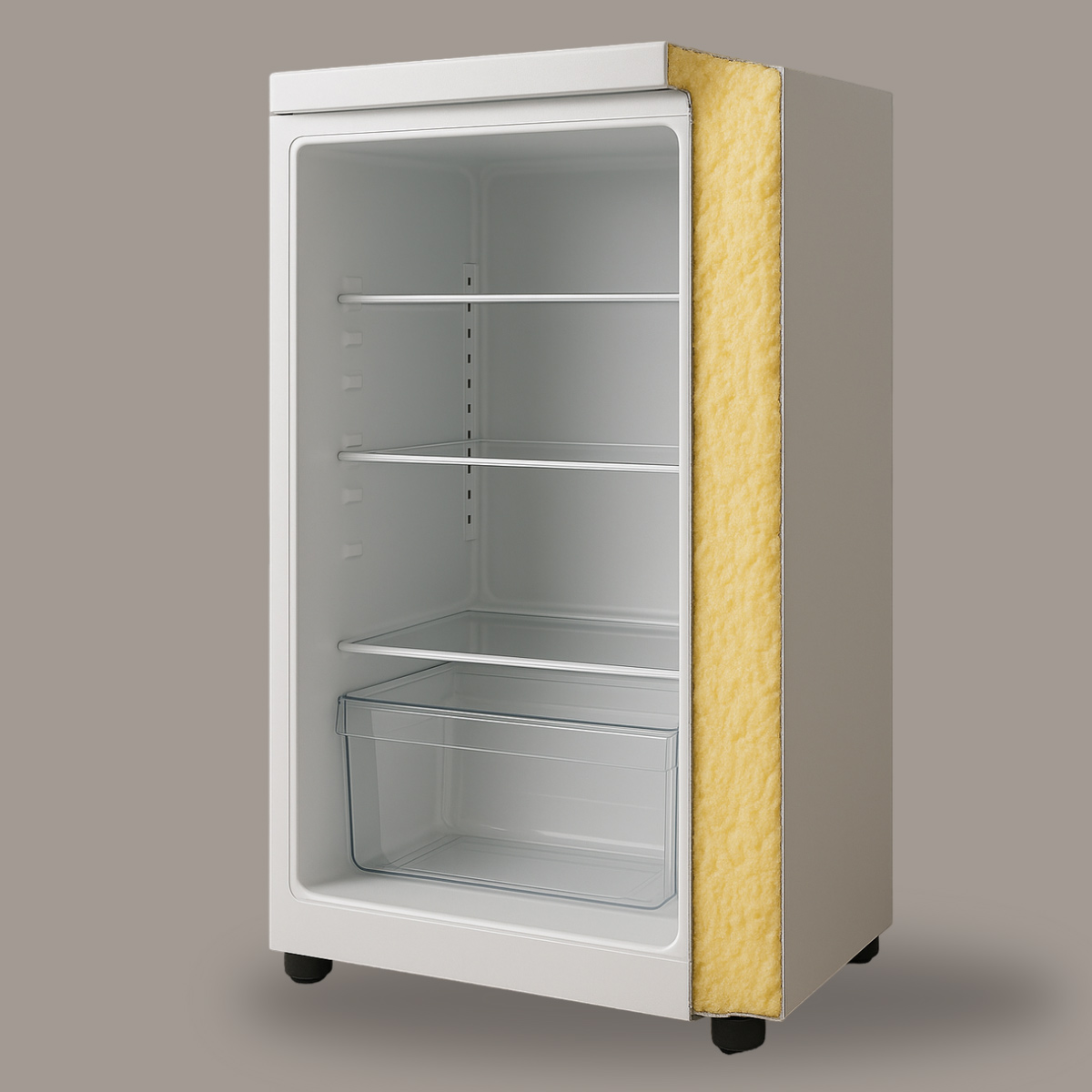Table of contents
Sandwich panels, produced by filling in a thick and low density insulation material between two thin and high density metal surfaces. In other words, every panel consists of several layers: core with thermal insulation, steel claddings (external and internal) and coatings protecting from mechanical damage and corrosion. The types of insulating material used as the core are different; cores of EPS (expanded polystyrene), mineral wool and polyurethane (PIR, or polyisocyanurate) are all readily available.
Polyurethane sandwich panels
The history of sandwich panels began with EPS (polystyrene). However, this type of core has been gradually replaced by mineral wool and, primarily, by polyurethane. Polyurethane is the best and most commonly used thermal insulation material on the market. After many years of market domination by older materials, such as mineral wool or EPS, today they are being replaced by better equivalents in the construction market, in the form of panels made of hard polyurethane foam.
Sandwich panels with this core are primarily distinguished by better thermal insulation properties. The lambda of 0.022 W/mK has no equal, meaning that this type of material is selected by project owners seeking to reduce the total heating costs.

Another benefit of using this type of panel is the potential to save space inside the building. Better thermal insulation of the partitions translates to lower wall thicknesses. Furthermore, the lower density of the material from which the core is made (40 kg/m3), the lighter the building structure. This simplifies installation significantly, because no special tools or equipment are required on the project site. Due to the non-porous surface, sandwich panels are quick and easy to clean.
Sandwich panel structures can be freely arranged. The material is easy to process, so buildings can be designed with windows and gates wherever required. From practical experience, installing 600m2 of sandwich panels takes approximately 8 hours for a proficient construction crew.
Sandwich panels are most popular in constructing such as warehouse buildings, sports facilities, cold stores and freezers, shopping malls, office buildings and cleanrooms.
Why sandwich panels?
Sandwich panel advantages are numerous, such as the following:
Reducing direct costs
- the costs of construction materials
- the costs of labor force
- the costs of shipping
Construction time
A building based on a traditional masonry process may take 6 to 7 months to complete. A building of the same volume utilizing stud partitions takes just 1 month to complete. Stud partition buildings are assembled rather than “built”. The sooner a production building or warehouse is commissioned for use, the sooner a return on the investment can be achieved.
Construction processes
The process requires only the assembly of the structure and fixing of the cladding with screws and for better long-term performance and cost effectiveness, panels with superior thermal conductivity coefficient are a better choice – such as PIR-core sandwich panels.
Overall, in the last few decades, sandwich panels have proved to be a revolutionary solution in the construction industry.
By selecting sandwich panels, the construction process is far less complicated and thus quicker and, most importantly, cheaper. Panels are finished components, suitable for easy and quick installation, e.g. to a steel structure.
Different sandwich panels production methods
The systems are divided into two groups as continuous (PIR and PUR) and discontinuous sandwich panel systems. Continuous systems can be composed of 2, 4 or 5-components depending on the production line; in the continuous production process, the materials for the sandwich panel are processed together at high speed; while discontinuous systems offer solutions with different reaction times depending on the machine flow rate and demolding time. The systems are formulated in different fire resistance levels according to requirements. In other words, in each sandwich panel, the insulating material of the core is made up of the polyurethane or polyisocyanurate. The materials mainly vary in their thermal insulating performance, sound insulating performance, and reaction to fire.
PIR sandwich panels are characterized by very good thermal insulation properties and strength, as well as very high fire resistance properties. In case of a fire, the formation of smoke is very low when compared to polyurethane. The core of the panel comprises polyisocyanurate foam (PIR) of 40 kg/m3 and more in total density. It also guarantees complete water-tightness and vapor-tightness.
Advantages
- High fire resistance and dimensional stability
- Great physical and mechanical properties
- Excellent insulation with low thermal conductivity coefficient (21mW/mK)
- Good adhesion on appropriate process conditions
- Soundproof
- Energy saving, environmental-friendly
- Simple and fast construction (since they are prefabricated)
- Light weight and durable
- Weather resistance
Scopes of application
- Pitched Roofs
- Flat Roofs
- Facades
- Insulation boards
- Cold storage room panels
- Refrigerated Containers
In conclusion, sandwich panel choice varies according to thermal, acoustic and hydro insulation and fire resistance needs of your building. It means that by selecting the insulation core in accordance with the need of your building, it will affect the performance of panel insulation properties. The following table represents the differences of the insulation material in a glance.
